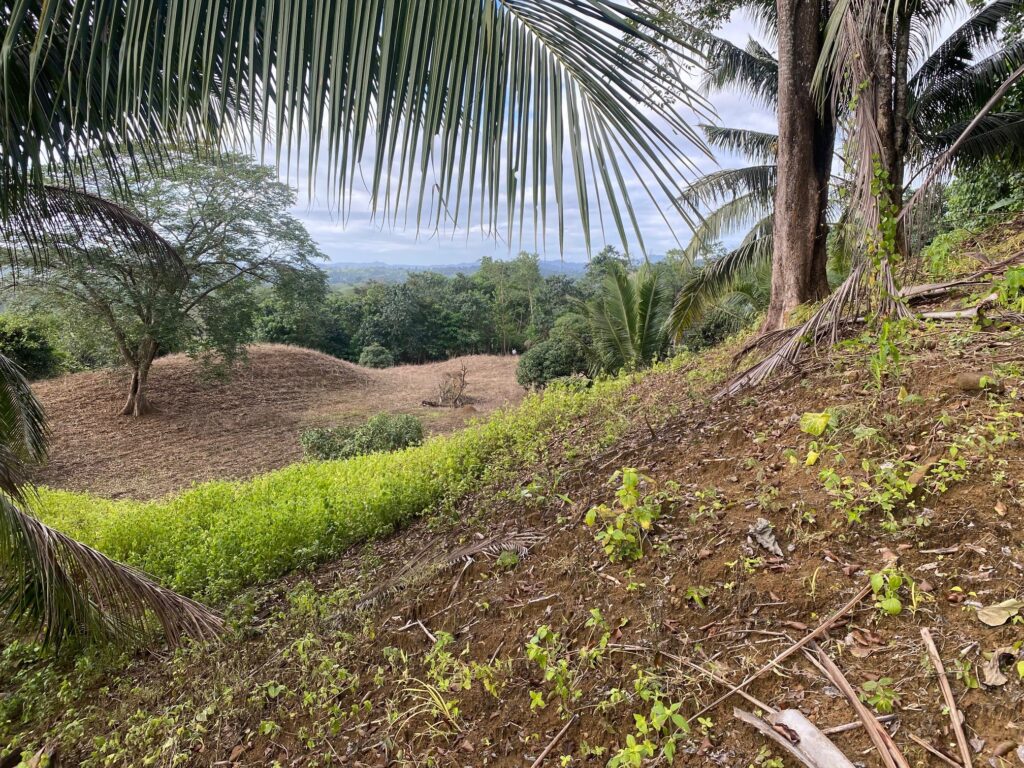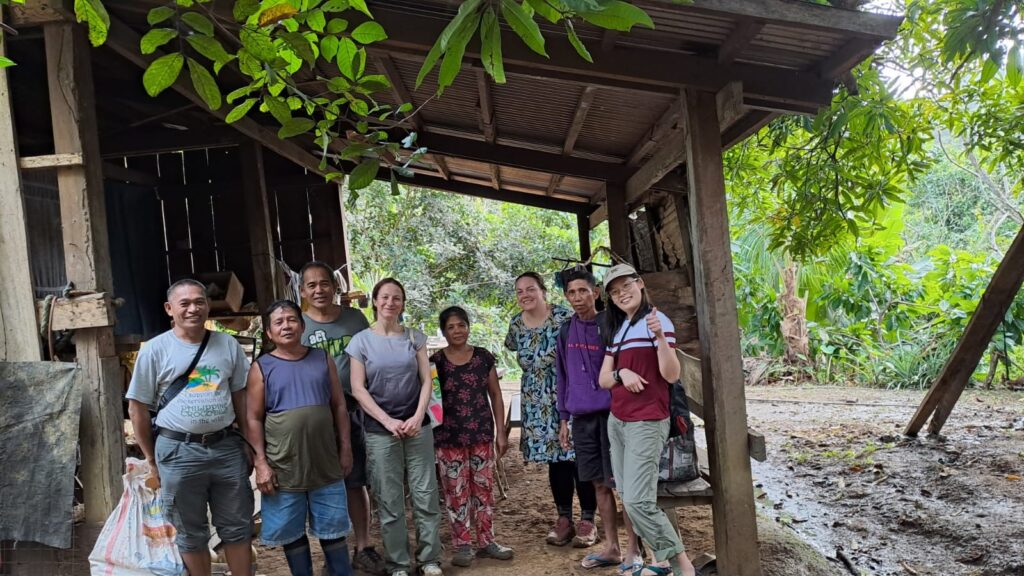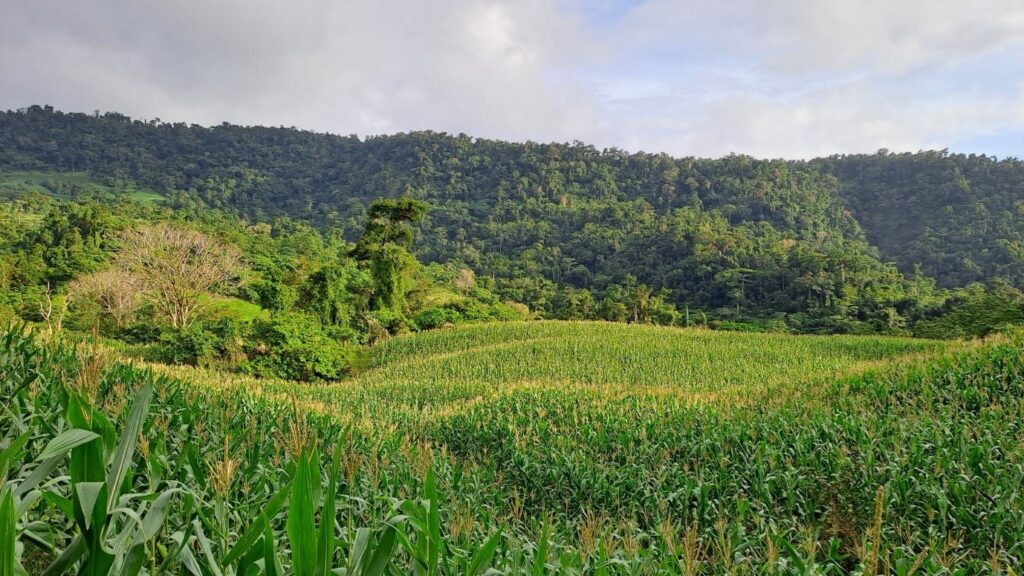An Analysis of Bird Mobility and Community Responses to Forest Fragmentation in Northeast Luzon, Philippines
Socials: Twitter- https://twitter.com/jelaine_gan LinkedIn – https://www.linkedin.com/in/jelaine-gan-56b65a189/ Email – jelainegan21@gmail.com; j.gan4@newcastle.ac.uk Google Scholar: https://scholar.google.com/citations?user=PK7uMYUAAAAJ&hl=en
Keywords: forest fragmentation; bird ecology; restoration; landscape ecology; urban biodiversity
Research topic:
Globally, urbanization and agricultural intensification are altering landscapes at a rapid pace. As deforestation continues, the number of patches will increase, and the average fragment size will decrease. This fragmentation of forests has crucial consequences for biota and ecosystem services as resource distribution, quality, and connectivity are altered.
How a species respond to fragmentation is intrinsically linked to movement. Forest-dependent species must be able to disperse between patches to find resources, which involves crossing or utilizing non-forest habitats or matrix habitats. This inter-patch movement has implications on the community assemblage, genetic flow, and provision of ecosystem services. Specifically, seed dispersal by birds can be impacted, which impairs natural forest regeneration.
Despite being a biodiversity hotspot, the response of native species in the Philippines to forest degradation and fragmentation remains poorly understood. Many of its threatened and endemic species are forest inhabitants that are likely to be sensitive to fragmentation.
This project will contribute to our understanding of habitat fragmentation impacts on bird movements and communities in tropical forest ecosystems. Birds are widely used as ecological indicators due to their various functions in an ecosystem, and association with other taxa. They are also important seed dispersers of forest tree species, and thus play an important role in forest natural regeneration.




